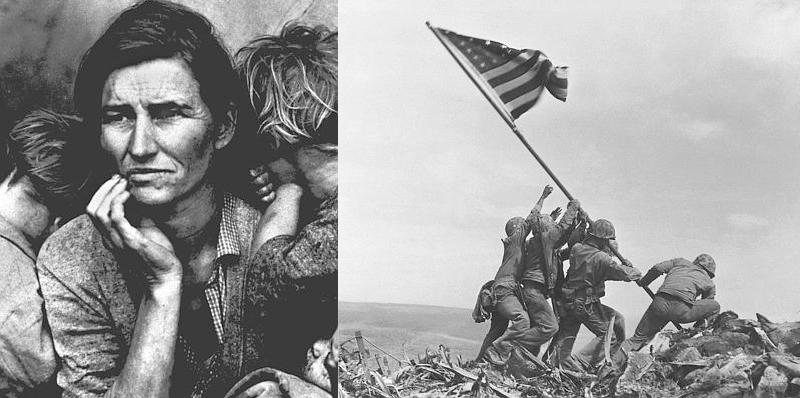The world we live in is one of letters and words, which are strung together in countless combinations to deliver a message, convey a meaning, or inform someone of something. They are a very powerful tool in the modern day society where gaining access to any kind of reading material is easier than ever, whether it be the newspaper, twitter, books, etc. The English language has significance that cannot be replaced by any form of communication, but nevertheless, it is only a single form in a broader world of human interpretation, understanding and worth. Sometimes we forget that not only words tell stories. Another means to unearth an understanding of something? A photograph of course.
A photograph tells a story, sometimes when words simply cannot do the job. Photographs can evoke a wide array of emotions in the person who is looking at it; joy, anger, curiosity, despair, thoughtfulness, wonder… the list is endless, but not one photograph is the same as another. There are equally as many words and interpretations that come from a photograph as there are people who view it. That is the sheer beauty and yet mystery of them.
No better example can be illustrated than in snapshots from history. It’s a segment of time that is able to be seen from a 2 dimensional standpoint; a split second as a shot is fired, a step is taken, a flag is raised, or an idea spawned.
It is the face of a desperate mother with her two children in the photo Migrant Mother taken in 1936. Every wrinkle and darkened line in her skin tells a tale of hapless life in the Great Depression, her eyes hopelessly searching for a way out of the seemingly ceaseless poverty.
It’s in the outstretched arms of a US Marine, reaching for a fellow comrade, splattered and immobilized in thick mud atop a desolate Vietnamese hill in 1966. It is in Reaching Out that people can see that there can be human compassion amidst a foreign land stripped of all reason and morality.
It’s the staining path the tears make as they cascade down the African American Officer’s face as the body of FDR travels past a brokenhearted Georgian audience in Among the Mourners. What is most striking about the captured moment is that the racial entrenchments of the South are visually put aside for a moment as people become a single entity to mourn the loss of their great leader.
It’s seen in the resolute spirit of the sailor and five Marines raising the American Flag on the rocky Mt. Suribachi. It’s the quintessential American willpower, the endless drive to prevail, and the image of surmounting the enemy despite all odds that is seen in Raising the Flag on Iwo Jima. Mirroring the victorious aura of the World War II photo is Raising the Flag at Ground Zero, an emotionally jarring image of three symbolic NYC firefighters after the devastation of the September 11 attacks. The flag they raised bears the same stars and stripes as the one erected almost 60 years previous in the Pacific, but the one the three firefighters hung amidst the collapsed, twisted metal of the World Trade Center gives the photograph a feeling of solemnity and a hope for a united nation to recover.
It’s in photographs like these that people can visualize what happened in our past and receive insight that only this source of communication can offer. By visually seeing an image of a war, or a man revealing emotion over a death, or a mother and children in despair, we can understand something more in the world.
It’s an irreplaceable feeling when you’re able to connect to a photograph that not only speaks the caption under it, but makes you visualize the entire moment that surrounds the picture. And in today’s world where communication is a staple to modern society, a photo can very well be worth just that: a thousand words.


